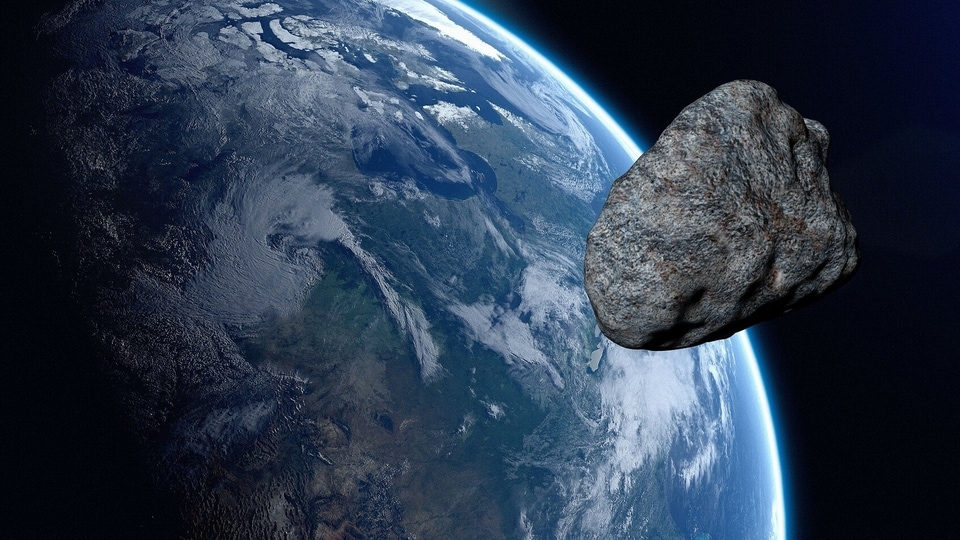In Pics: 80-foot asteroid set to get scarily near Earth today! NASA issues warning
NASA has warned that this menacing asteroid is headed for Earth today and will get extremely close! Could this space rock impact Earth and cause cataclysmic damage? Here’s what NASA has to say about this relatively small, but hazardous, hazardous asteroid.

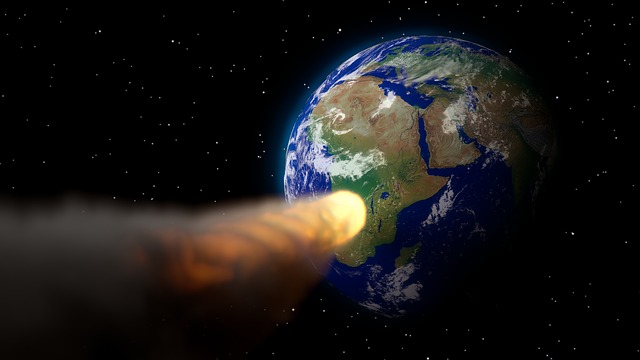

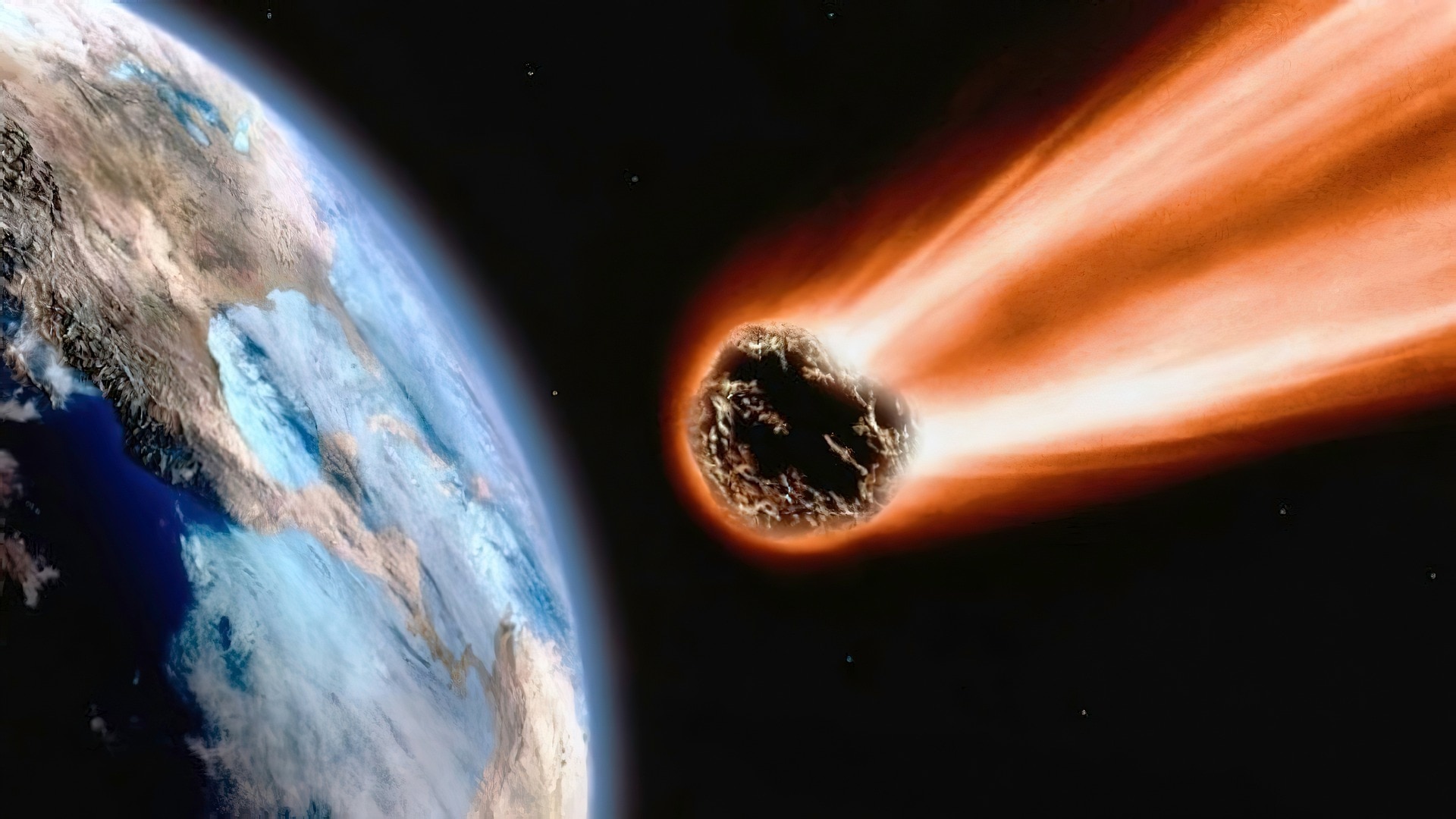
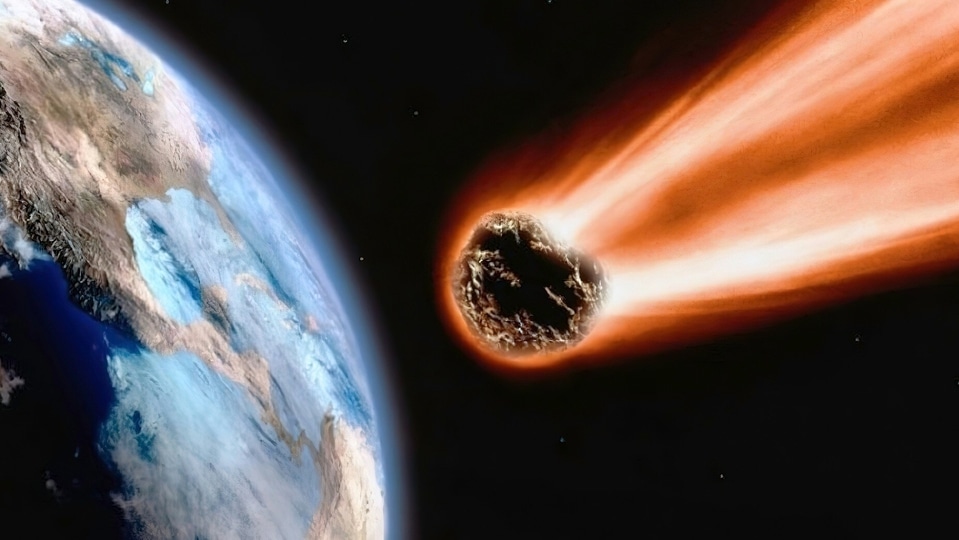
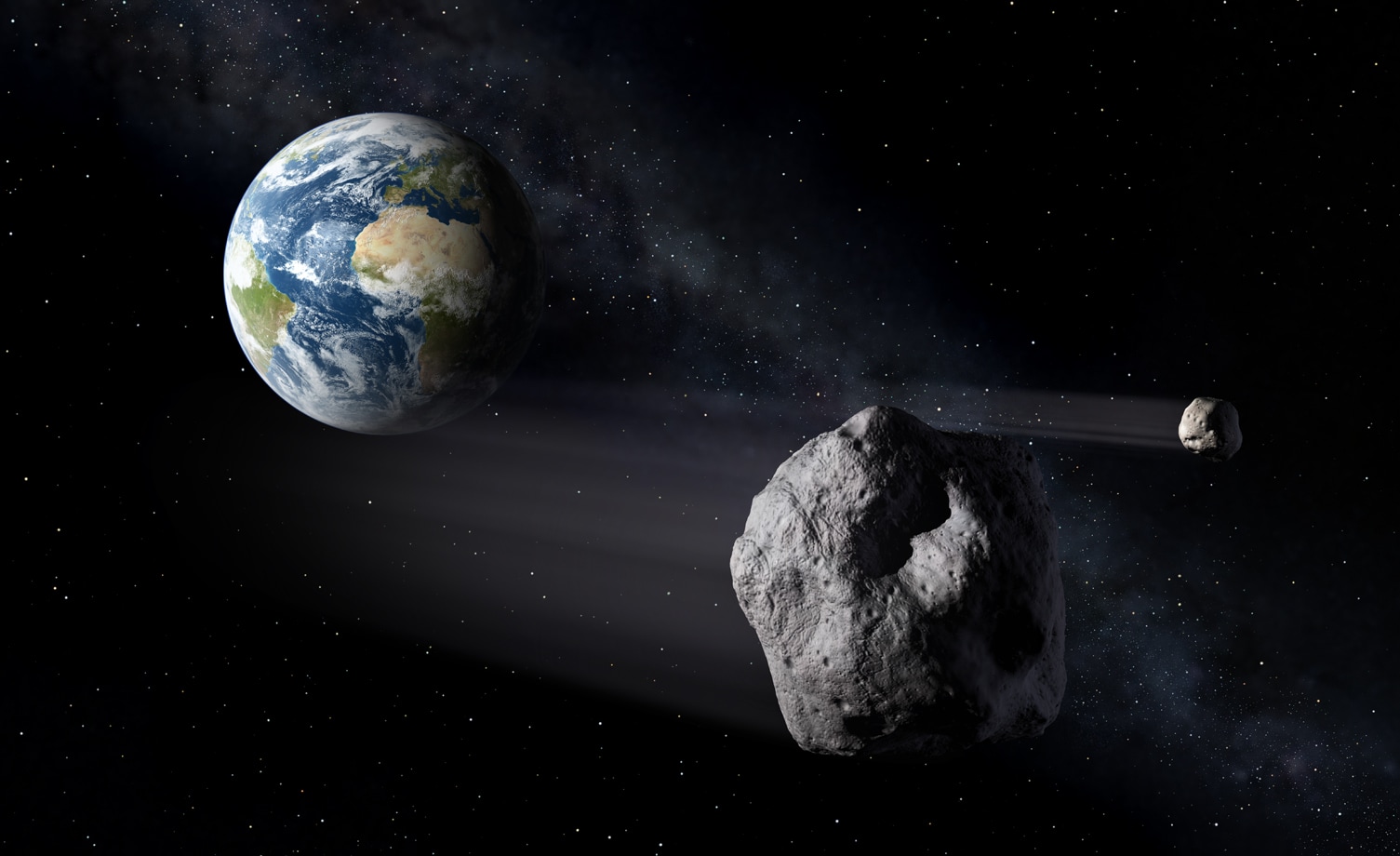

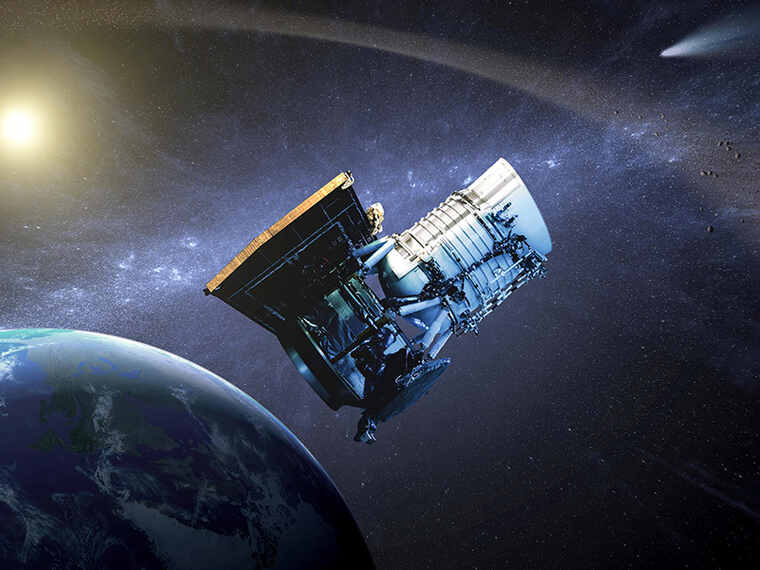

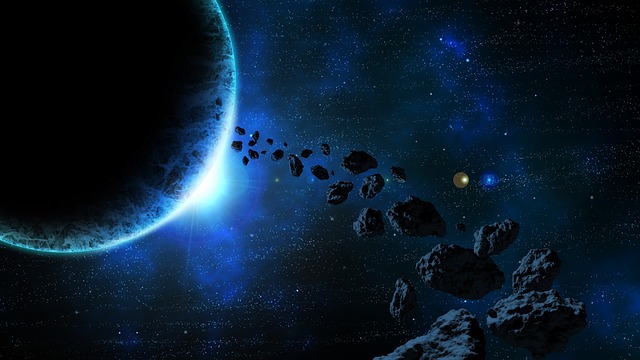
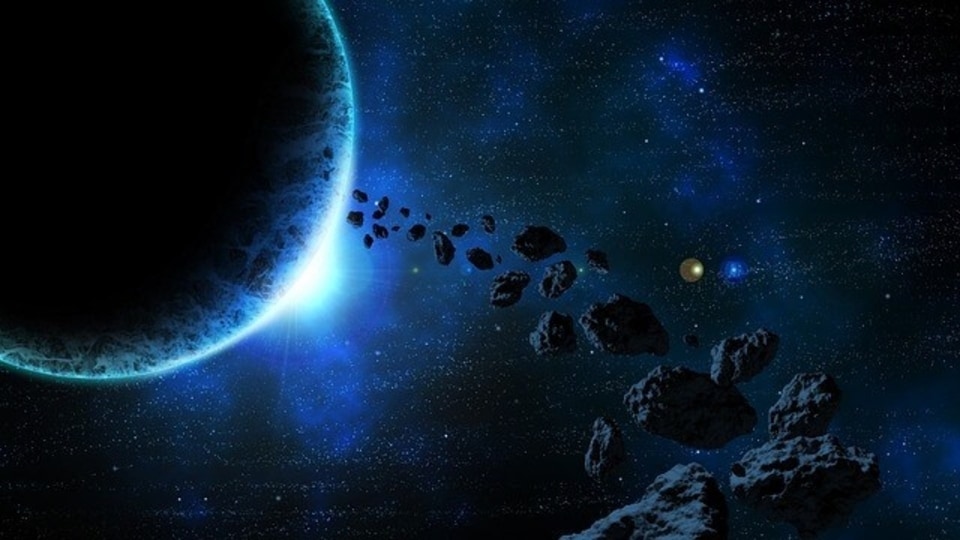
First Published Date: 26 Oct, 13:36 IST
NEXT ARTICLE BEGINS




